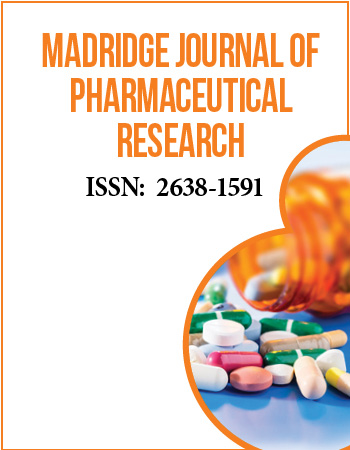International Conference on Medicinal and Pharmaceutical Chemistry
December 5-7, 2016 | Dubai, UAE
Antiviral acyclic nucleoside phosphonates: New structures and prodrugs
1Institute of Organic Chemistry and Biochemistry, Czech Academy of Sciences, Czech Republic
2Rega Institute for Medical Research, Katholieke Universiteit Leuven, Belgium
Acyclic nucleoside phosphonates (ANPs) belong to the most successful research topics in our Institute. Systematic investigations in this area resulted in three crucial antiviral drugs in medical practice: cidofovir, adefovir and tenofovir. Entering tenofovir and its therapeutic combinations (Truvada, Atripla, Complera, Stribild) to the market has the lion´s share on transformation of HIV/AIDS from the life-threatening emergency to a manageble chronic disease.
Ourpresent research in the field is targeted not only to synthesis of new structures but also to improvement of pharmacokinetic properties of compounds already known. There aredozens of therapeutically attractive ANP structures never advanced to the stage of preclinical/clinical investigations. These compounds have usually sufficientantiviral activity but very low bioavailability caused by their polar character. The way to overcome this problem is synthesis of prodrugs.
In this work, we present syntheses of various structural types of ANP prodrugs and comparison of their antiviral activities. These prodrugs are: amino acid ester phosphoramidates, POM and POC esters, alkyl and alkoxyalkyl esters, salicylic esters and (methyl-2-oxo-1,3-dioxol-4-yl) methylesters. We focus namely to two pharmacologically interesting ANP types: 2,4-diamino-6-[2- (phosphonomethoxy)ethoxy]pyrimidines– so-called “open-ring” derivatives and to the group of 5-azacytosine acyclic nucleoside phosphonates, especially 1-(S)-[3-hydroxy-2-(phosphonomethoxy)propyl]-5-azacytosine (HPMP-5-azaC) and 1-[2-(phosphonomethoxy)ethyl]-5-azacytosine (PME-azaC). HPMP-5-azaC and its cyclic form have been developed in our group as less toxic and more effective alternatives to cidofovir.
The prodrug form, hexadecyloxyethyl ester of cyclic HPMP-5-azaC revealed the highest values of anti-DNA virus activities including imposing selectivity indices on the order of thousands, e.g. 1160 for herpes simplex virus (HSV-1),≥5800 for varicella zoster virus (VZV) or≥24600 for human cytomegalovirus (HCMV). The only disadvantage of HPMP-5-azaC is its complicated metabolic profile due to instability of the 5-azacytosine ring in alkaline conditions including physiological pH. Comparing stability of various 5-azacytosine ANPs, we found much better stability for another 5-azacytosine derivative, 1-[2-(phosphonomethoxy) ethyl]-5-azacytosine (PME-azaC). Despite the fact that antiviral activity of this free phosphonic acid was only marginalwe found promising antiviral activity in its prodrugs, especially against VZV and HCMV. It is another proof that some acyclic nucleoside phosphonates can increase their activities after transformation to prodrugs. Moreover, in some cases not only activity values but also the spectrum of activities could be influenced by transformation to prodrugs.
This work was supported by the Subvention for development of research organization RVO 61388963 and the grant 14-00522S by the Grant Agency of the Czech Republic.
Biography:
Dr. Marcela Krečmerová studied organic chemistry at Charles University in Prague and defended her PhD. thesis at the Institute of Organic Chemistry and Biochemistry (IOCB) of the Czech Academy of Sciences in 1990. Most of her scientific cereer she has been working in the field of nucleoside and nucleotide analogues, many years in a close collaboration with Professor Antonín Holý, the founder of acyclic nucleoside phosphonate chemistry. Her research in the field of 5-azacytosine compounds resulted in development of a new class of extraordinary activeantivirals against DNA viruses. Recent investigations of Dr. Krecmerova are focused to development of prodrugs of biologically active molecules to improve their pharmacological properties and enable their future development as potential drugs. In 2012-2015 she was a head of the junior researchteam at the IOCB focused on developmentof novel therapeutics for cancer and viral diseases. She holds two patents and has co-authored 55 original scientific papers.


